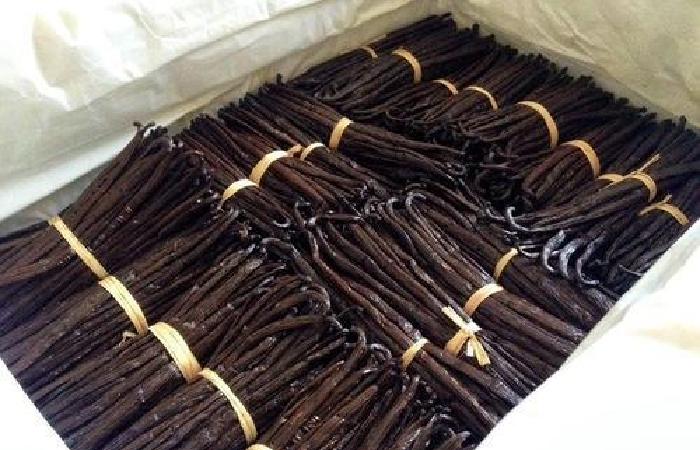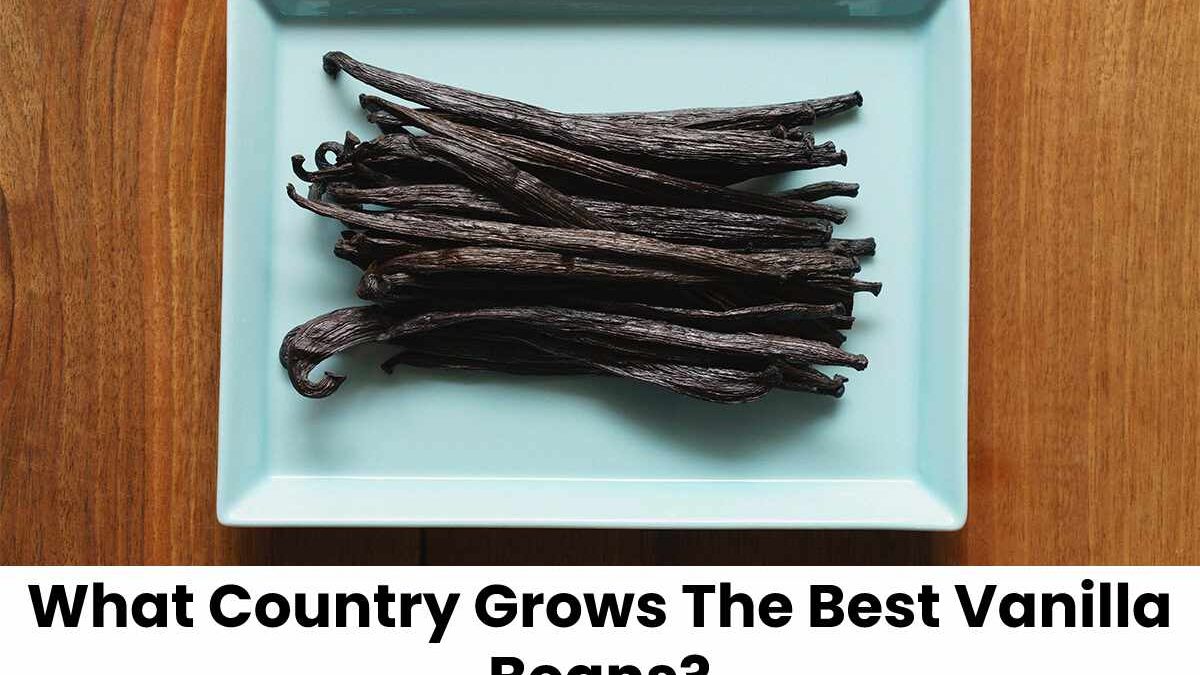From ice cream to cakes then, even perfume, vanilla is the go-to flavour the world over. At one point, it was more classy than silver by weight. In recent years the price of natural vanilla has shot up.
Table of Contents
Why Is Vanilla So Expensive?
80% of the world’s vanilla is grownup in the ideally suited climate of the northeast region of Madagascar. It’s the country’s primary exportation crop for the farmers like Beni Odon. Life is faraway sweeter when the vanilla price is high. Beni Odon said when the vanilla price wasn’t as high, and poorer people had to use oil lamps at night, but when the price went up, people could afford solar panels. In 2014 vanilla was $80 a kilo, then three years later, it was $600. Today it’s around $500; the price rise I due in part to global demand; the trend of eating naturally means that food companies take shunned synthetic flavouring in favour of the real deal.
Beni and other farmers are cashing in. The majority of people have built nice houses, and the children have been able to go far in their studies. Their lives are good, but things can change very quickly; price fluctuations affect producers of agricultural supplies everywhere, but vanilla is particularly volatile. In just a few workweeks, the price can jump, or plummet, by over 20%. There are constantly worried about it. If the price isn’t reasonable, there’s nothing there can do here n the countryside. Liberalisation is one reason for such actions. The Malagasy government once regulated the vanilla industry and its price; now, the price remains negotiated at the opinion of sale, making for a free market but an extra volatile one. It’s also a tine industry. A single cyclone can hit out the entire crop within Madagascar; its also an intricate and delicate crop to grow
Can You Grow Vanilla Beans At Home?

Vanilla is an orchard that needs to remain pollinated. It is a really, really labour intensive practice. If anyone has grown an orchid at home, then you experience how difficult it is to keep an orchid alive in your house. Now try growing this in the middle of a Malagasy rainforest. It takes roughly six months to grow it on the vine and six months of manual post harvesting. The exciting thing about vanilla is that you need to take it off the vine when it’s almost rotted.
The growers have to struggle with another problem: thieves target the vanilla crops. So Malagasy now are sleeping out in their vanilla fields. They can’t rely on those charged by the state to protect them or protect their crop. They have to take materials into their own hands. Besides, this has caused problems, vigilante justice, and a host of other violence connected to vanilla.
Is Vanilla Is Difficult To Grow
Some farmers have restored to harvesting the beans before they’re ripe, but this produces poorer quality vanilla and ultimately pushes downcast the price. The combination of deteriorating value and high prices may burst the price bubble. If the price continues to stay high, many scenarios will play out. We can continue as we are now and have a relatively unstable market where farmers grow vanilla under very distressful conditions of theft and violence. You could have the state and corporate sectors step in and try to re-regulate the market in some way that might stabilise prices and quality, or you might have the market crash. Significant purchasers that provide vanilla for the likes o Haagen-Dazs and Ben & Jerry’s are now employed directly through farmers to gain greater control over quality. Other companies have started to look away from their natural vanilla. Indonesia, Uganda and even the Netherlands remain growing the crop. Madagascar has enjoyed a near-monopoly on vanilla for a century, but this industry may be in line for a radical overhaul.

